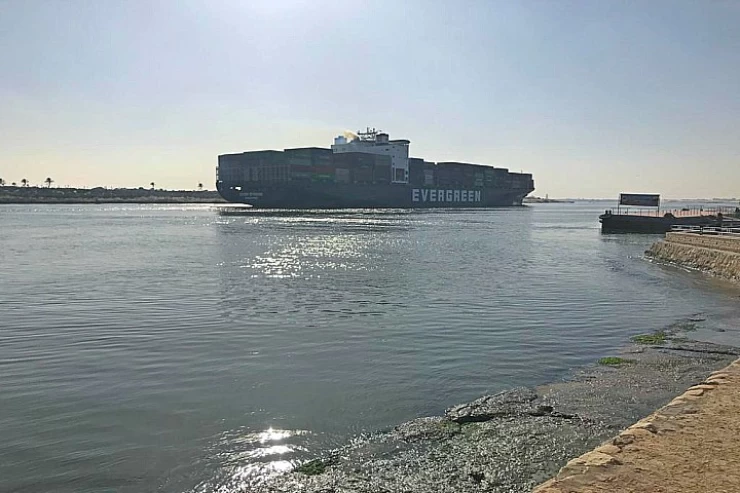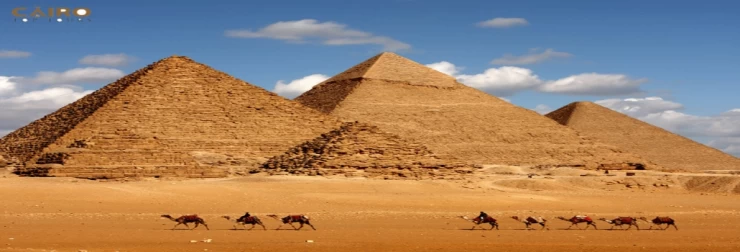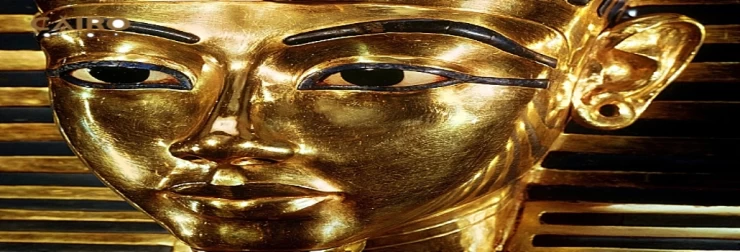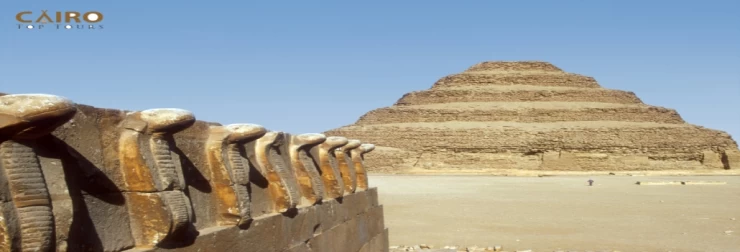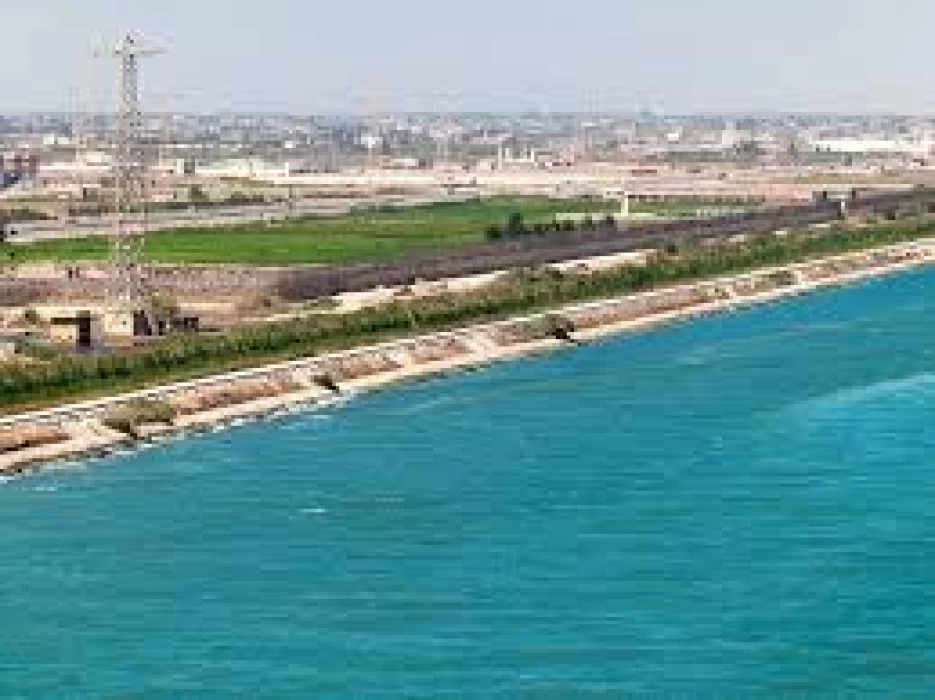
Port Said
It’s Suez Canal’s northern entrance at Port Said city where you will find one of Egypt’s top ports – Port Said Port. The latter is world’s biggest transit port owing to its position at Suez Canal. The area covered by this harbor is 3000895 square meters and its maximum capacity is 12175 million tons each year, which operates around the clock without stopping.
As it lies at the northern end of Suez Canal, Port Said Port is one of Egypt’s key ports on account of its distinguished location at its entrance – the world largest shipping line; Suez Canal - thus making it the largest transit harbor around.
On one side lies imaginary lines of half nautical mile extending from outer end, western breakwater then proceeding onward to obtain outermost eastern breakwater. On the other side there is an imaginary line crossing over through width Of Canal linking from south bank of Suez Canal connected with Lake Manzala along with railways bridge and Manzala canal itself.
The new land port is a service facility built on the latest technological systems and methods and the largest modern projects in the suburbs district.
It includes all means of land transportation between governorates and represents a major civilizational shift in Port Said in the field of transportation projects.
The new land port is the latest giant national project in the suburbs district. It provides the highest degree of security and safety through surveillance cameras and traffic signals.
Port Said is the northernmost city of the Suez Canal, so it is interesting as a port and as a city with a historical past. Established in the year 1859 while the Suez Canal was being built, Port Said has ever since been an important station in the contemporary history of Egypt, which is located between the Mediterranean and the Red Seas. The visit to Port Said offers its guests a wide range of interrelated aspects—rich culture, marine transport, and even geography—which stimulate tourists who want to rest as well as learn about the history of the development of Egypt in social and economic terms.
There’s no denying the fact that Port Said revolves around the Suez Canal. This important navigable channel links Europe and Asia, enabling the movement of a large portion of the maritime trade, thus putting Egypt on the world economic map. As one drives to the city, the first view that comes to the sights is that of giant container vessels effortlessly and silently moving in the Suez Canal, which can only be attributed to the sense of creativity and imagination in the advancement of people and their culture in this age.
The Suez Canal Authority Building is a great place to explore the history of the canal and its influence on this part of the world. From the very beginning of the construction of the canal and until nowadays activities, one can see how Port Said has expanded with the rise of this strategic waterway. As the canal offers more than just economic prospects for Egypt, it provides most of the tourists the chance to appreciate this architectural design geographically.
Strolling through the streets of Port Said, which is rich in history, is more of a time travel. The city’s skyline is a blend of brilliant European architecture and that of the Middle East, owing to the much earlier colonial era when the city was a commercial center for many nations around the globe. Most of the beautiful vintage construction, including the spacious colonial-era edifices, has been restored and tells a tale of cultural diversity and development.
A remarkable feature of this great city is the Port Said Lighthouse, built in 1869, standing to the west of the city on the Mediterranean side of the Suez Canal entrance. This 56-meter-tall operating lighthouse, active to date, serves as an emblem of the city’s ocean trade relations. In the vicinity is the Port Said Military Museum, which expands knowledge of the city of Port Said and its participation in various periods of war in Egypt, including in particular the Suez Crisis of 1956, when the country took possession of the canal from foreign forces.
A Cultural Melting Pot: Museums and Local Life
How often can these high-tech art forms be used? Begestion commentator Jiatt Indenopsy. In terms of architectural composition, it is called a collage where many of the structures within cosmopolitan cities are put together.
Port Said après Si Hanoi bourgeois has been peopled with a clear border, which would mean hatched eggs were cleaned from any water or broken areas and markets bursting with life. On the other hand, the ruins of various empires have been preserved, restored, and thoroughly reconstructed by Egyptian authorities and museums. Thus, you will know in depth all the trading activities of Port Said.
In the case of woodwork, gradient shading is used with bright purple, and the patterned teak used will be differentiated with a deep reddish shade. In addition to that, a bright yellow tint will be used to assimilate the doors and mushroom-thin partition boards. Finally, jet black to bolt and handle throughout. No disappointment can be gauged from this portrait about the rest of the seaside resorts of the beautiful country.
For those looking for some calm, nothing beats Port Said's Corniche. It’s a lovely promenade situated on the Mediterranean, affording the visitors stunning sights of the water along with a breeze from the city. The Corniche is full of cafes and restaurants, where you can enjoy seafood and see vessels traversing the Suez Canal on the far-off horizon.
This city also boasts other unspoiled beaches that will be a great advantage for the avoidance of city life. Gamil Beach located a few minutes away from the downtown area, is peaceful enough to allow sunbathing and swimming on the Mediterranean. The azure waters and soft golden beaches make it a perfect place for chilling out away from the crowded beaches of Egypt's Mediterranean Sea.
No journey to Port Said can ever be complete without experiencing good food. The city is known for a variety of fresh seafood dishes as it is located near the coastal region. Fish and shrimp tagine are examples of Mediterranean influence in the sly of that region. Many places along the port are filled with restaurants that serve the seafood of the day, mostly served with salads, fresh bread, and tahini, the Egyptian accompaniment.
One of the must-try meals in the destination area is Sayadeya, a fish-based dish served with rice and a tangy tomato paste. It is infused with spices typical of the many different communities that have inhabited this port city over many years.







